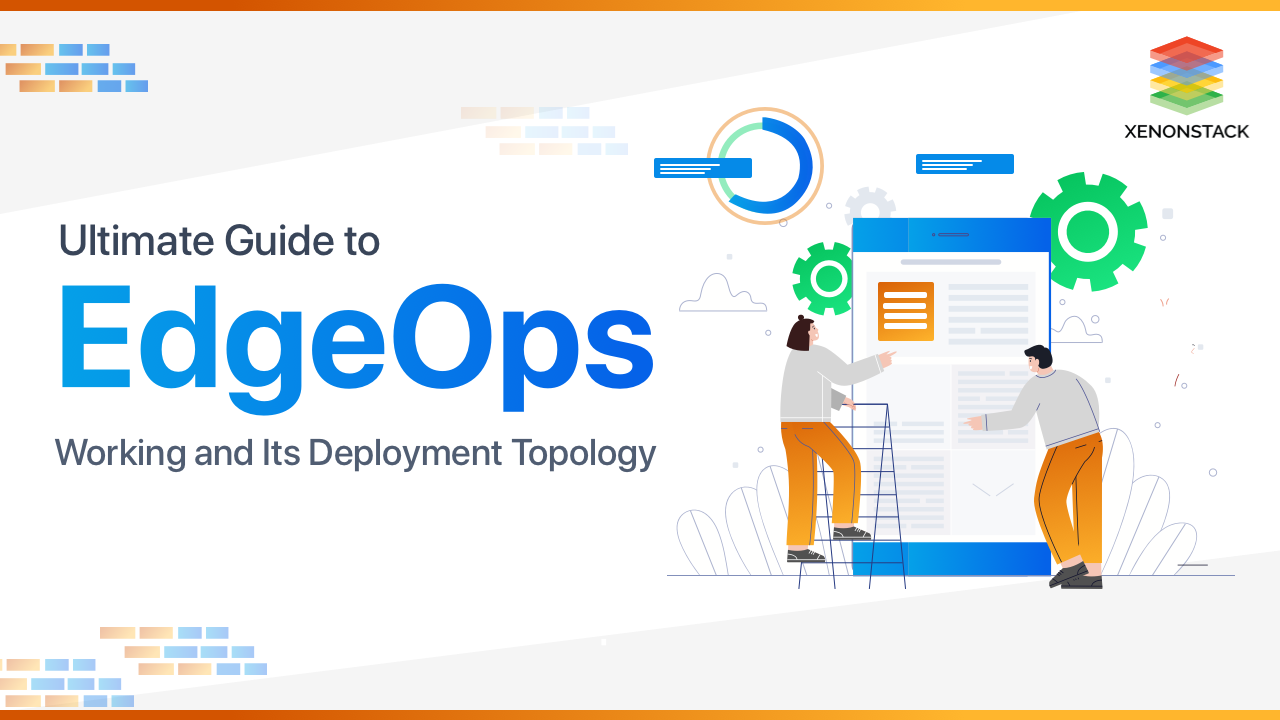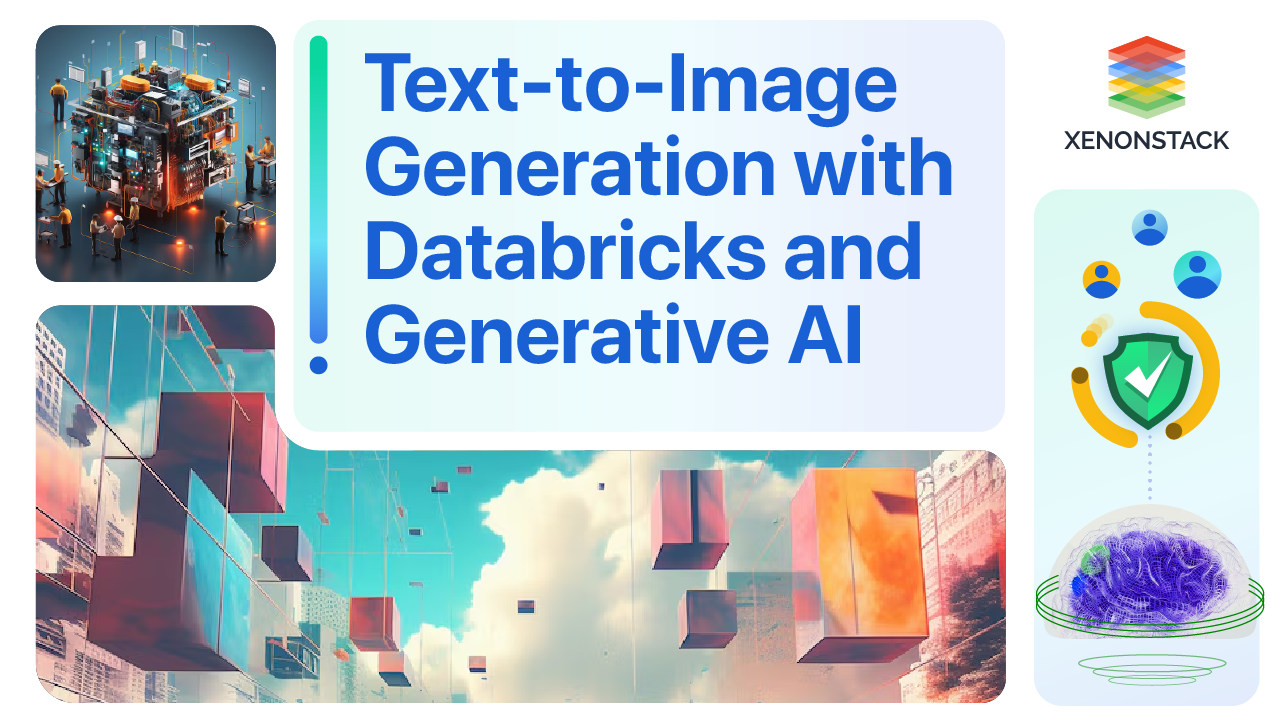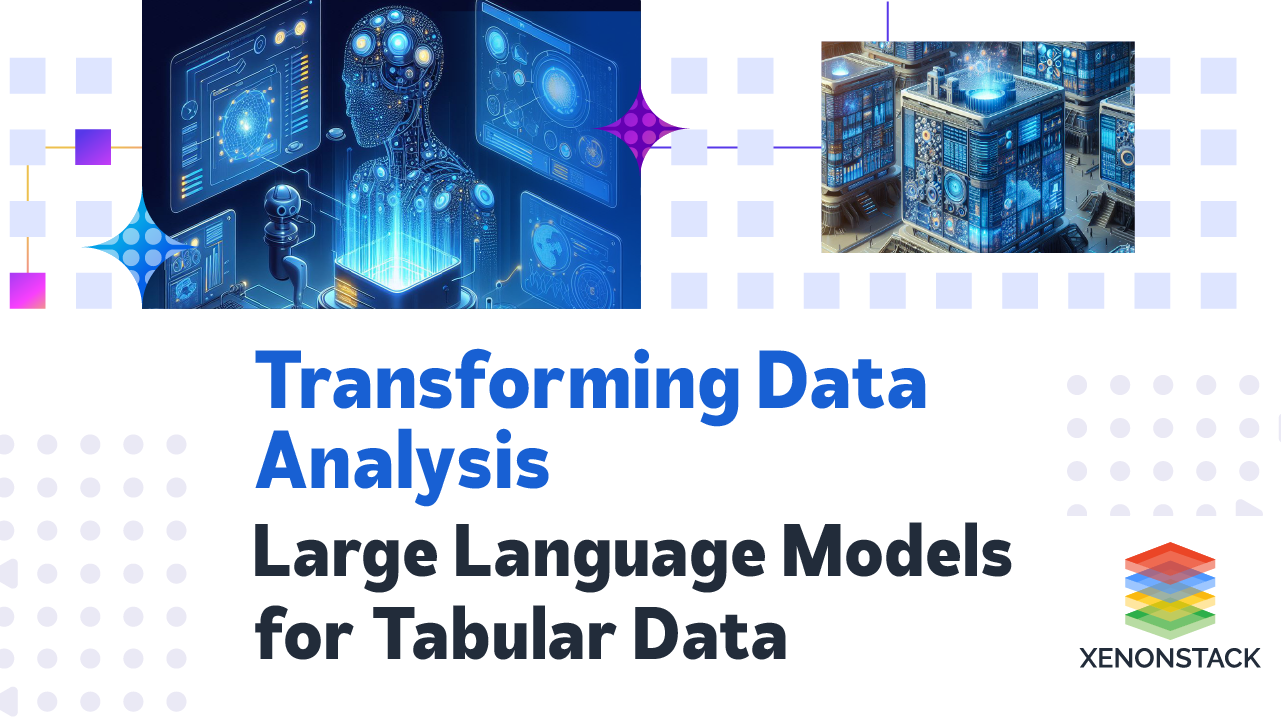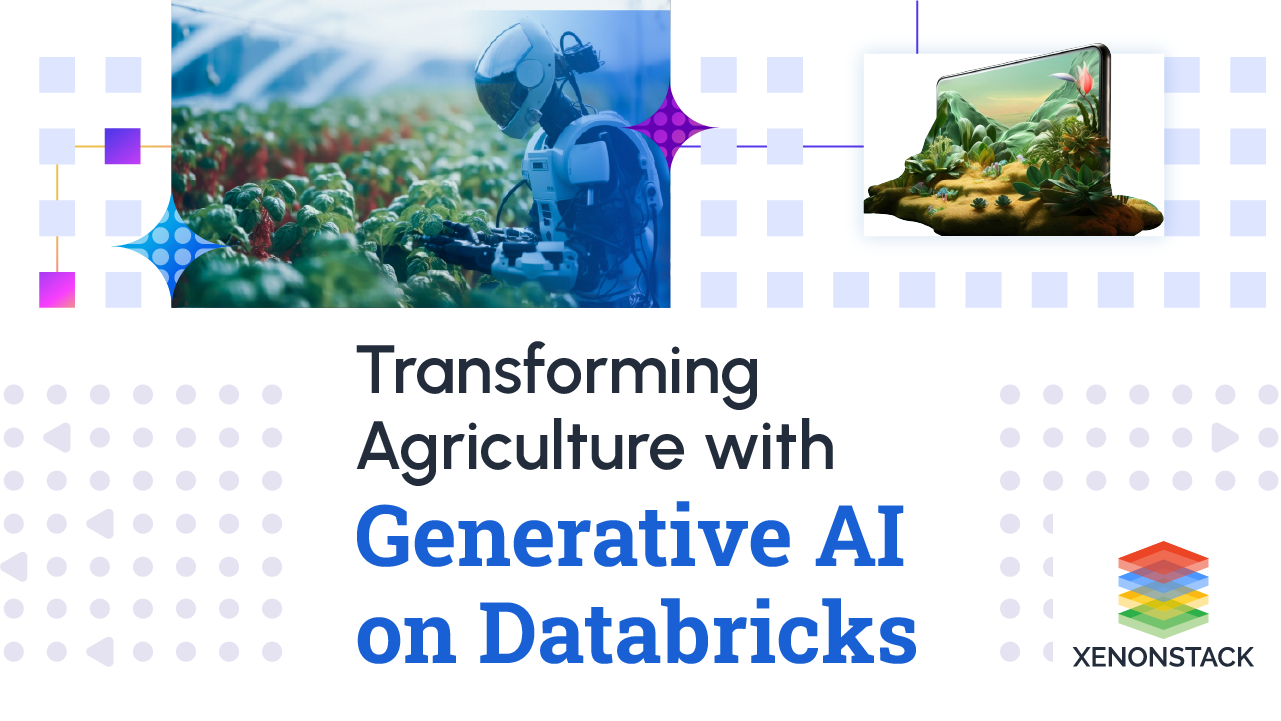
Introduction to EdgeOps
EdgeOps is a fairly new concept that will change direction shortly. EdgeOps, like Devops, will have a set of values, principles, techniques, practices, and tools for developing, testing, and delivering Edge applications and services. EdgeOps has its own set of tools and processes that can be implemented in businesses or provided service.
What is Edge, and why is it important?
Edge computing is a distributed computing architecture in which processing occurs close to the actual site where data is gathered and processed, rather than on a centralized server or in the cloud. This new infrastructure includes sensors that collect data and edge servers that securely analyze data in real time on-site and link additional devices to the network, such as laptops and cellphones.
Edge computing is essential because it gives industrial and commercial organizations new and better methods to increase operational efficiency, improve performance and safety, automate all critical business operations, and provide “always on” availability. It is a prominent approach for achieving digital transformation of the company's activities. Increasing processing power at the edge provides the basis for autonomous systems, allowing businesses to improve efficiency and productivity while freeing up employees to focus on higher-value tasks.
Edge AI's benefits are speed and can detect the issues by integrating smart devices and functionality to deploy AI at the edge for insights. Click to explore about, Artificial Intelligence in Edge Computing
What is EdgeOps?
- EdgeOps is a project development lifecycle management and oversight tool. A single unified dashboard can track the status of a project that spans many technologies, tools, and specialists. Independent workstreams or pipelines can handle activities across multiple teams or organizations at the same time.
- EdgeOps is a single platform that allows you to manage the safe automatic deployment of servers, resources, and related scripts.
- EdgeOps can process, analyze, and orchestrate large amounts of machine data and events at microsecond transactions.
- The EdgeOps platform merges the advantages of edge computing with edge-optimized AI/ML edge inferencing, execution, and control, offering three progressive tiers of value that build upon one another, split-second data virtualization and analysis with EdgeOps; rapid, scalable deployment of intelligent models and applications; and adaptive control that enables machines to develop self-corrective and self-optimizing capabilities.
Why we should use EdgeOps?
EdgeOps provides several important benefits over other real-time data management solutions currently on the market. EdgeOps' real-time, high-precision, and intelligent control software may add value across a wide range of sectors. It includes the below practical solutions.
- Improve equipment efficiency
- Optimize through adaptive control
- Drive machine autonomy
Using the EdgeOps platform, data scientists can develop quicker, discover benefits faster, and spend less time managing the solution. For example, a company trying to understand why productivity is low can look at individual machine performance at a sub-process level of detail, allowing for improvements in machine efficiency and throughput in weeks.
The EdgeOps software platform can be beneficial to a variety of sectors. From performance monitoring and alerts to asset optimization, practical solutions are available.
- Predictive maintenance for Robotic Handling Systems
- Predict anomalous behavior of robotic handling systems for highly sensitive products.
- Adaptive Control for Complex Process Manufacturing
- Predict quality and avoid unnecessary production steps.
- Predictive Optimization for High-Precision Equipment
- Adaptive control to accelerate machine time cycles.
Edge computing brings data storage and processing close to where data is being generated or gathered instead of at the servers located at thousands of miles. Click to explore about, Top 6 Applications of Edge Computing
What is EdgeOps Platform?
With organizations seeking AI-enabled performance gains, EdgeOps offers a unique combination of capabilities with market-leading speed and value. Edge computing benefits are combined with edge-optimized AI application execution. EdgeOps and its increasing array of solutions provide progressively higher levels of proven value as raw data is turned into actionable insights, intelligent applications, and fully adaptive operations.
- AI/ML-enabled apps that learn your operational trends and perform automated self-corrections provide adaptive control of operating assets.
- Data virtualization and analysis on a large scale bring diverse data streams into a single organizational perspective.
- Data transmission expenses are reduced because of intelligent data routing between edge and cloud destinations.
- A streamlined implementation that takes less than 8 hours to set up and pays off in weeks.
- Integrated and flexible enough to operate with customer-developed and third-party apps without compromising operations.
- Teams can monitor and optimize their assets from anywhere with secure remote access to operational analytics and control.
- Up to 500 data streams and 100 models per instance of powerful AI and Machine Learning.
How does EdgeOps work?
The EdgeOps platform is an on-premises solution that uses our proprietary technology to connect and ingest numerous edge data streams in real-time, in millisecond cycle rates, such as process logs, machine data, and instrumentation data.
The platform is developed with powerful Artificial Intelligence and Machine Learning (AI/ML) technologies and is scalable and containerized. EdgeOps integrates and normalizes data from various sources/equipment, providing end-users with simple, seamless access to ALL data and a complete platform for AI/ML creation, tracking, and inference.
Where does EdgeOps store data?
EdgeOps uses a physical database to store data at the edge. The database is part of a software container placed on an edge node, such as an Intel NUC. A Data Scientist or other engineering staff member can access and download data for offline analysis.
You will be surprised by the fact that each day we are producing more data in 2 days than decades of history. Click to explore about, 10 Latest Trends in Big Data Analytics
What is EdgeOps Deployment Topology?
The below defined points are the deployment topology of EdgeOps:
What is the minimum requirement of hardware and software for an edge site?
EdgeSite is in charge of central data storage, dashboards, AI/ML model maintenance, and multi-EdgeNode support. The following minimal criteria have been developed based on project experience from various client deployments.
- Memory: 128GB
- Storage: 3.5TB SSD
- OS: Ubuntu 20.04
- Browser: Firefox (default browser for Ubuntu)
- CPU: 2X Intel Xeon Gold 5218R Processor 20-Core 2.1GHz 27.5MB Cache (or equivalent)
Is there anything I need to pre-install or set up to run EdgeOps?
The EdgeOps software platform runs on hardware that complies with our requirements. The EdgeOps Installer makes it simple to set up the platform. With the exception of a few minor needs to ensure by the installation machine (Mac or PC) and destination machine (EdgeSite/EdgeNodes) users, the Installer takes care of installing all needed dependencies. Ingest data will show on the EdgeSite Dashboard in the form of graphs, Key Performance Indicators (KPIs), and other visual components indicating critical equipment information after a client solution is configured and functioning.
Does EdgeOps run in a container?
Yes. EdgeOps and related services are deployed on-premises in a containerized environment based on the Kubernetes (K3s) technology stack, which allows for quick deployment of both EdgeSite and EdgeNodes, resulting in a dependable, repeatable, and scalable solution.
What is an Edge site?
EdgeSite is a term used in the EdgeOps world to describe the ability to see assets and their performance. EdgeSite serves as a management node for highly dispersed endpoints, ensuring excellent stability and integration. EdgeSite is set up near the manufacturing floor, together with the EdgeNode instances.
The software works as part of a containerized workload to deterministically convert and consume heterogeneous data from widely dispersed endpoints. Endpoints are either linked to an enterprise mesh architecture or run on a local edge mesh remotely.
What is an Edge node?
Edge nodes are what we call assets or machines that run EdgeOps software at the edge. At the equipment level, EdgeNode is in charge of time-series analytics and forecasts. The NUC links to the machine sensors to interpret and ingest heterogeneous data, then presented to a dashboard.
Where does your software fit in my infrastructure?
Our software platform operates on separate hardware (or utilizes existing hardware resources). There is no need for a customer's existing cloud infrastructure. Data is gathered as near as feasible to the source. Our software works with current infrastructure rather than on top of it, resulting in minimum disruption.
What visualization tools support InfluxDB and PostgreSQL?
EdgeOps is a developer-friendly environment that allows them to integrate various standard visualization tools into our platform. Several user interface tools are provided for seeing and monitoring the stored data. Grafana, Tableau, Chronograf, and Power BI are among them.
Difference between Edge Computing vs Cloud Computing? Click to explore about, Edge Computing vs Cloud Computing
Difference between EdgeOps and DevOps?
DevOps combines quality standards in software development and IT operations to shorten a system's development life cycle (SDLC) while maintaining high quality. To put it another way, EdgeOps applies DevOps ideas to the edge-to-cloud continuum.
The way we create and run software has changed due to Devops and the Cloud. Traditional devops technologies and methods, on the other end, are unsuited to the requirements of the Edge. The key distinction between Cloud and Edge environments is that engineers care about physically locating the hardware. In other words, outside of the data center and the public Cloud, the Edge is virtually everywhere.
From DevOps to EdgeOps
The internet and cloud have completely transformed how we create, distribute, and consume software. DevOps has emerged as a key result of this transformation in recent years. DevOps is a collection of processes that combines software development with infrastructure management.
DevOps was essentially created in the cloud, a centralized environment where homogenous resources are available on-demand at a huge scale. The IoT and edge computing are the opposites: they are settings in which dispersed, heterogeneous resources may be installed everywhere at a small scale and controlled decentralized. As a result, the term "EdgeOps" came into being. EdgeOps is a DevOps strategy adapted for the IoT/edge environment. It tackles the problems of edge computing, considers the features of edge computing solutions, and promotes edge-specific deployment methods.
What are the benefits of EdgeOps?
The listed below are the benefits of EdgeOps:
- Data processing - Chipmakers are better able to improve the yield, throughput, and quality of their semiconductor production processes by optimizing the performance and efficiency of their manufacturing equipment. EdgeOps enables businesses to use artificial intelligence across the key infrastructure to achieve new levels of productivity and efficiency.
- The EdgeOps platform allows for real-time data ingestion, processing, and analysis at the source equipment. EdgeOps can solve data security concerns and the rising cost and timing of edge-to-cloud data transfer by working at the equipment source.
- Maintaining and increasing the use of properly operating hardware components.
- The EdgeOps system may be fully operational in less than a day, and large-scale manufacturing gains can be seen within weeks. Beyond the chip scarcity, the software has the potential to alter large-scale manufacturing across industries and tackle global difficulties. Optimizing existing equipment and infrastructure provides an inexpensive and efficient strategy for maximizing yield with split-second decision-making at critical junctures in the manufacturing process.

Conclusion
EdgeOps is the next step in the DevOps evolution for the future of edge computing. Expect customized edge applications to develop as companies adopt a new standard of agile working and processes that are completed instantly, welcoming in a glorious future of end-to-end efficiency and effectiveness. EdgeOps additional capabilities increase the value and promise of the platform. EdgeOps technology and tools are designed from the ground up to solve the specific problems of developing edge computing applications. Traditional DevOps technologies and tools aren't well-suited to edge computing, therefore they're required.
- DIscover more about Multi Access Edge Computing Altogether
- Click to explore about AWS Serverless Computing, Benefits and Use-cases


